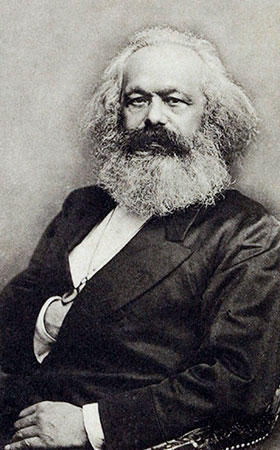Harlem Renaissance, a blossoming (c. 1918–37) of African American culture, particularly in the creative arts, and the most influential movement in African American literary history. Embracing literary, musical, theatrical, and visual arts, participants sought to reconceptualize “the Negro” apart from the white stereotypes that had influenced black peoples’ relationship to their heritage and to each other. They also sought to break free of Victorian moral values and bourgeois shame about aspects of their lives that might, as seen by whites, reinforce racist beliefs. Never dominated by a particular school of thought but rather characterized by intense debate, the movement laid the groundwork for all later African American literature and had an enormous impact on subsequent black literature and consciousness worldwide. While the renaissance was not confined to the Harlem district of New York City, Harlem attracted a remarkable concentration of intellect and talent and served as the symbolic capital of this cultural awakening.
The background
The Harlem Renaissance was a phase of a larger New Negro movement that had emerged in the early 20th century and in some ways ushered in the civil rights movement of the late 1940s and early 1950s. The social foundations of this movement included the Great Migration of African Americans from rural to urban spaces and from South to North; dramatically rising levels of literacy; the creation of national organizations dedicated to pressing African American civil rights, “uplifting” the race, and opening socioeconomic opportunities; and developing race pride, including pan-African sensibilities and programs. Black exiles and expatriates from the Caribbean and Africa crossed paths in metropoles such as New York City and Paris after World War I and had an invigorating influence on each other that gave the broader “Negro renaissance” (as it was then known) a profoundly important international cast.
The Harlem Renaissance is unusual among literary and artistic movements for its close relationship to civil rights and reform organizations. Crucial to the movement were magazines such as The Crisis, published by the National Association for the Advancement of Colored People (NAACP); Opportunity, published by the National Urban League; and The Messenger, a socialist journal eventually connected with the Brotherhood of Sleeping Car Porters, a black labour union. Negro World, the newspaper of Marcus Garvey’s Universal Negro Improvement Association, also played a role, but few of the major authors or artists identified with Garvey’s “Back to Africa” movement, even if they contributed to the paper.
- The cover of the first issue (1910) of The Crisis, a magazine that …UPI/Bettmann/Corbis
The renaissance had many sources in black culture, primarily of the United States and the Caribbean, and manifested itself well beyond Harlem. As its symbolic capital, Harlem was a catalyst for artistic experimentation and a highly popular nightlife destination. Its location in the communications capital of North America helped give the “New Negroes” visibility and opportunities for publication not evident elsewhere. Located just north of Central Park, Harlem was a formerly white residential district that by the early 1920s was becoming virtually a black city within the borough of Manhattan. Other boroughs of New York City were also home to people now identified with the renaissance, but they often crossed paths in Harlem or went to special events at the 135th Street Branch of the New York Public Library. Black intellectuals from Washington, Baltimore, Philadelphia, Los Angeles, and other cities (where they had their own intellectual circles, theatres, and reading groups) also met in Harlem or settled there. New York City had an extraordinarily diverse and decentred black social world in which no one group could monopolize cultural authority. As a result, it was a particularly fertile place for cultural experimentation.

While the renaissance built on earlier traditions of African American culture, it was profoundly affected by trends—such as primitivism—in European and white American artistic circles. Modernist primitivism was inspired partly by Freudian psychology, but it tended to extol “primitive” peoples as enjoying a more direct relationship to the natural world and to elemental human desires than “overcivilized” whites. The keys to artistic revolution and authentic expression, some intellectuals felt, would be found in the cultures of “primitive races,” and preeminent among these, in the stereotypical thinking of the day, were the cultures of sub-Saharan Africans and their descendants. Early in the 20th century, European avant-garde artists had drawn inspiration from African masks as they broke from realistic representational styles toward abstraction in painting and sculpture. The prestige of such experiments caused African American intellectuals to look on their African heritage with new eyes and in many cases with a desire to reconnect with a heritage long despised or misunderstood by both whites and blacks.













